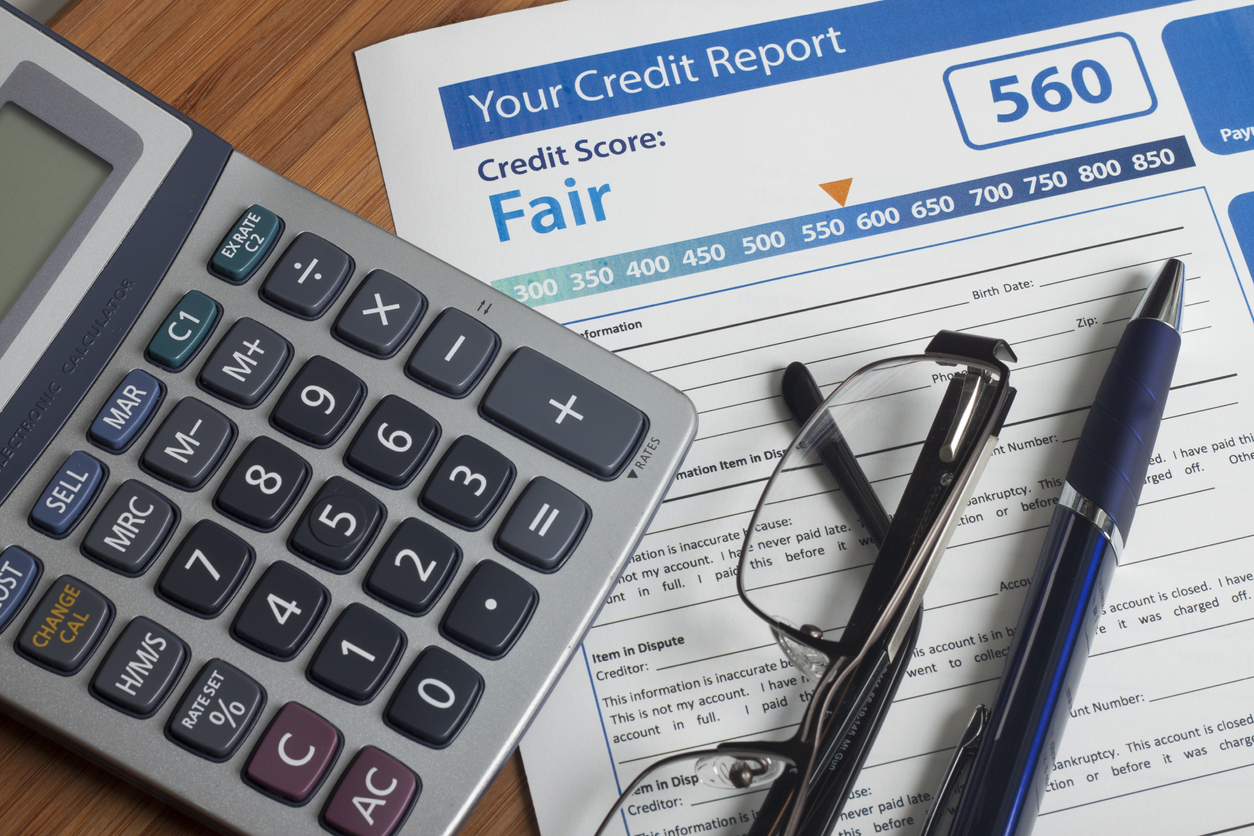We are so happy to give you another year of free weekly credit reports, and we hope you make the most of keeping up with your credit! Aside from your credit score, what exactly should you be keeping tabs on? We’ve compiled a list of what to look for in five different sections of your report to make sure your credit report is accurate. Monitoring your credit report frequently can protect you from long-term identity theft.
1. Accurate Personal Information
Check the spelling of your name and make sure your phone number, address, marital status, and employment information are up to date. Double check your birthdate and Social Security number to ensure those are listed correctly. Keep an eye out for information pertaining to another person with the same or a similar name—this can be in accounts or an extra birthday.
2. Relevant Public Records
After 10 years, any filed bankruptcies should be removed from your credit report. After 7 years, any lawsuits, judgements received, tax liens, and/or criminal arrest records should be off of your credit report. Additionally, it’s important to check that you were involved in all of the lawsuits listed and that any bankruptcy claims were filed by you and not your spouse/former spouse. If any of these are listed as unpaid after you paid them off, you’ll need to contact the credit agency immediately.
3. Updated Credit Accounts
This is arguably the most important section to keep an eye on, as fraudulent accounts can seriously hurt your credit score. Here are things to watch out for:
- Commingled accounts (credit histories for someone with the same or similar name)
- An account listed as a joint account when you are either the person holding the account or inaccurately listed on another person’s account
- Any pre-marital debts belonging to a spouse attributed to you after your union
- Any account you did not personally open
- Inaccurate account histories such as payments marked late that were paid on time or debts discharged marked as outstanding
- A vehicle listed as repossessed when it was voluntarily surrendered
- Open accounts that you closed
- Any accounts you closed that aren’t noted as “closed by consumer” (otherwise this looks like the creditor closed the account)
- Any information 7 or more years old (child support payments, account delinquency, etc.)
- Incorrect credit limits and balances
4. Credit Inquiries You Recognize
Legally, businesses have to have your written consent to run an inquiry on your credit. If you see reports of inquiries that you did not authorize, you’ll need to talk to the credit agency. Common examples of unauthorized inquiries include car dealerships you test drove a car at without asking to look at financing and stores where you were comparing different products.
5. Correct Data
This one seems straightforward, but the people crafting your report are human and can make a mistake. Check that all of your accounts are only listed once with each creditor—sometimes the same account can be listed twice under different creditors. If you do have any data corrected, double check that the information has been updated on your report.
If you have any questions, we are always here to help. If anything seems wrong, don’t hesitate to reach out.


